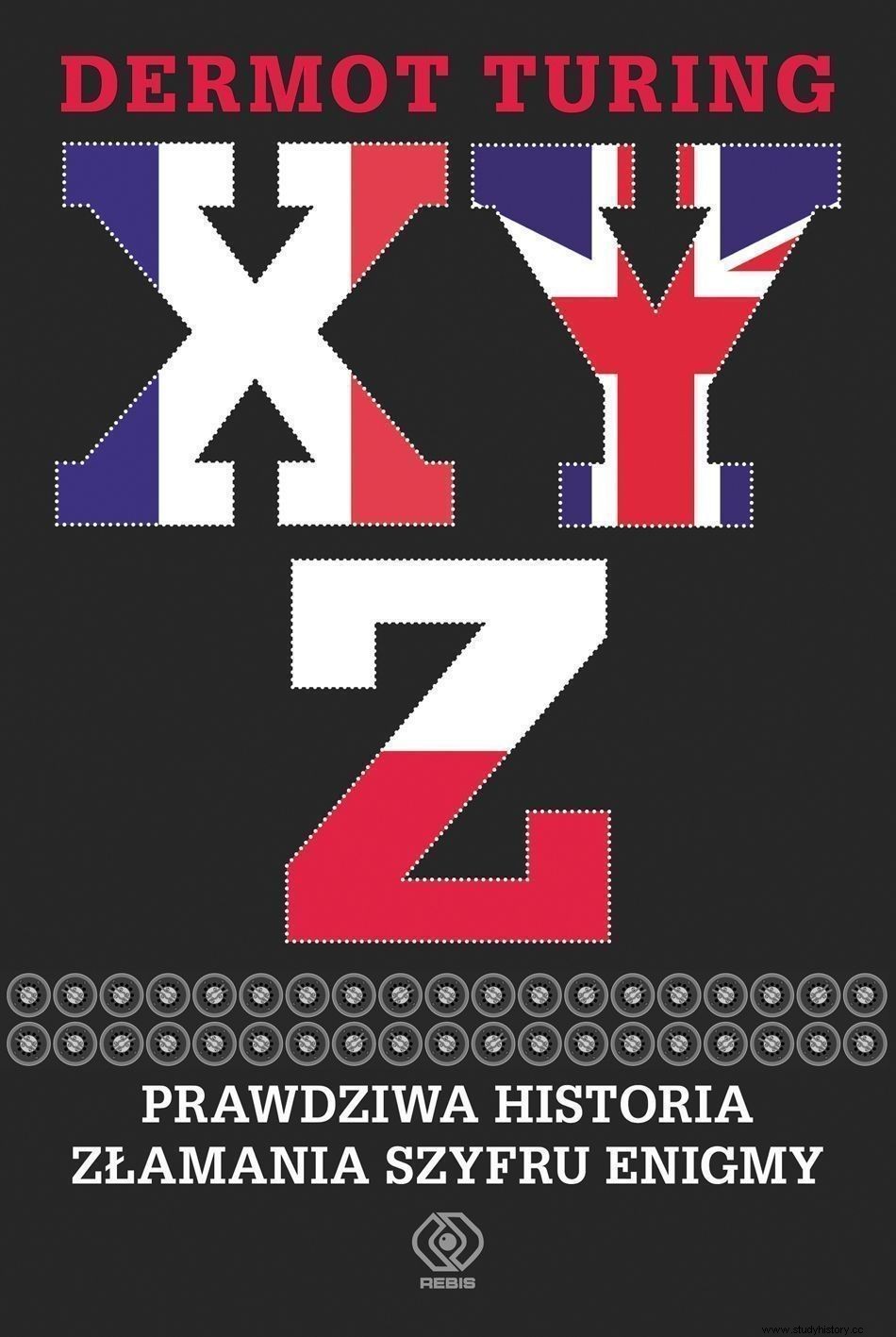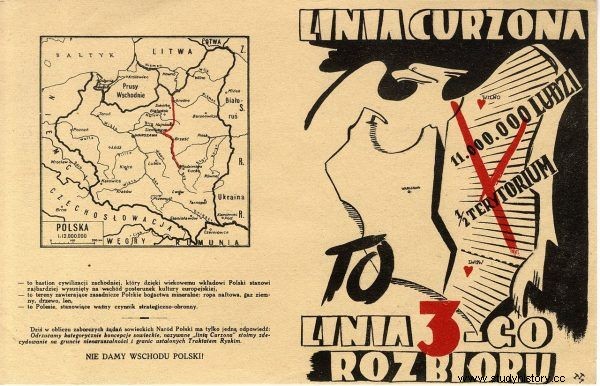The eastern border proposed in 1920 deprived Poland of a large part of the former Polish-Lithuanian Commonwealth. However, it was not Lord George Curzon, from whom it was named, who determined its course. Behind the concept of limiting the territory of the new state was ... a Polish emigrant.
Ludwik Bernstein (Niemirowski) came from Wola Okrzejska. His family cultivated insurgent traditions - his grandfather, Jakub Chaim Bernstein, participated in the uprising in 1863. He himself was brought up to be Polish. However, when he settled in Great Britain in 1907, strongly cut himself off from his roots .
He reluctantly recalled the anti-Semitism prevailing in Poland. He was also hostile to part of the Polish political scene, especially Roman Dmowski, with whom he exchanged more or less justified accusations for many years.
Poland "tight and strong"
At the end of March 1918, as a British citizen Lewis Namier, Niemirowski started working at the Foreign Office. Until April 30, 1920, he was an expert on Poland and Central and Eastern Europe. And he proved to be a fierce enemy of Polish territorial claims - especially in the form proposed by the Polish National Committee, headed by the hated Dmowski. As Bartłomiej Rusin from the Jagiellonian University writes, at the turn of 1918 and 1919 he began to promote the eastern border of Poland on the Bug and San River:
(...) in his memorials of December 9, 1918 and January 7, 1919, he also presented his views on the eastern border of the reborn Republic of Poland. According to his concept, it was to be based on two rivers - Bug and San. (...) was in favor of building a Poland "cohesive and strong" - by this term he understood "ethnographic" Poland, in a shape similar to the former Congress Kingdom.
The proposed border line was to run from the former border point between the Kingdom and East Prussia, further north-east from Suwałki to Grodno, south along the Bug River, to the junction of the former Austro border ‑w Hungarian ‑Russian and st ąd woo ż Sanu „to the old Galician border ‑w Hungarian ".

The small town of Wola Okrzejska, where Ludwik Bernstein was born, gave birth to one famous man - Henryk Sienkiewicz. The photo shows the museum named after him (photo:Jackowy, license CC BY-SA 4.0)
Namier was also reluctant to Poland on the matter of Eastern Galicia. He proposed to give her to Ukraine or Czechoslovakia . He opposed the same British military circles that pushed the transfer of these lands to the Commonwealth. Gradually, however, he gained a stronger and stronger position. He even benefited from the fact that his analyzes of the population situation in the disputed territories turned out to be useful for the British, who willingly used them to make Polish claims. After all, as Dermot Turing writes in his book "XYZ. The real story of breaking the Enigma code ” :
In 1920, was an expert on Polish geography at the Foreign Office . British tradition at international peace conferences was to deal with unruly nations with lines drawn on a map, and Namier did not regret the pencil.
Conference at Spa
Meanwhile, in July 1920, the newly reborn Republic of Poland, which was just establishing its borders, found itself in a crisis. The Red Army was relentlessly pressing west, and attempts to stop it had failed so far. It soon threatened the capital itself. No wonder that Prime Minister Władysław Grabski sought help from representatives of the great powers, meeting at that time in the Belgian Spa.

On July 10, the politician was forced to accept humiliating conditions . He was demanded to withdraw the Polish troops to the line on December 8, 1919, to hand over Vilnius to Lithuania, and to submit to the decisions of the international conference on the border with its neighbors. A day later, the British Foreign Minister, Lord George Curzon, sent the Soviets a note proposing a truce. In its content, as Dermot Turing writes in his book "XYZ. The real story of breaking the Enigma code ” , there was a proposed demarcation line between the warring parties:
The British proposed the Polish border -Russian, which, in their opinion, was to solve the problem of the Polish eastern border and bring about a quick end to the war. The line was named after Chief Namier, Lord Curzon, the foreign minister in the Lloyd George government. As he had nothing to do with its creation, it is quite unfair that it bears his name . It is also ironic that she is a product of a Polish emigrant.
The line marked out in the dispatch ran from Grodno in the north, through Brest, east of Hrubieszów, west of Rawa Ruska, east of Przemyśl, to the Carpathians. Indeed, much of it remained in line with Niemirowski's ideas, even if he had not worked for the Foreign Office for several months.

Anti-communist leaflet on the Curzon Line, designated by Ludwik Bernstein (photo:public domain)
It is most likely that he himself drew the course of the border on the map. He also marked the southern section, in Eastern Galicia, reflecting one of the two concepts developed during the Versailles conference by the Cambon commission appointed for this purpose. The less favorable option for Poland was chosen :Lviv and the Boryslav oil basin were outside the Polish-Lithuanian Commonwealth.
Of course, it was not Niemirowski - an advisor at the Foreign Office - who made the decision to propose such a border to the Soviets. Undoubtedly, however, he provided politicians with arguments against the revival of the Republic of Poland in its former shape, calling for it to be deprived of part of its former eastern territories. Thanks to his knowledge of the terrain and conditions, he also became the "author-executor" of the British concept.
In 1920, the Curzon line was not finally adopted, because the Poles managed to repel the Bolsheviks and win the border in the east, which was more favorable from their point of view. However, it returned less than a quarter of a century later, at the end of World War II - and this time, thanks to the decisions of the Big Three, it entered into force with minor changes.
Buy a book with a discount at Empik:

Buy the book "XYZ. The real story of breaking the Enigma code ”in your favorite bookstore:
